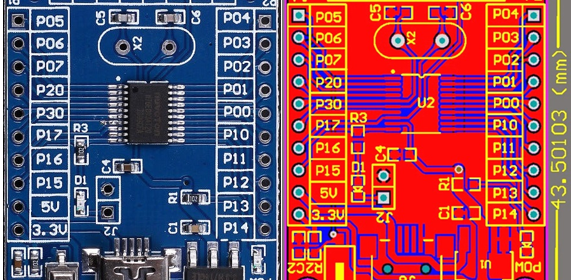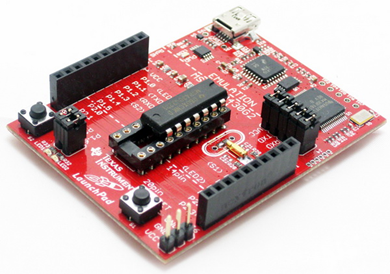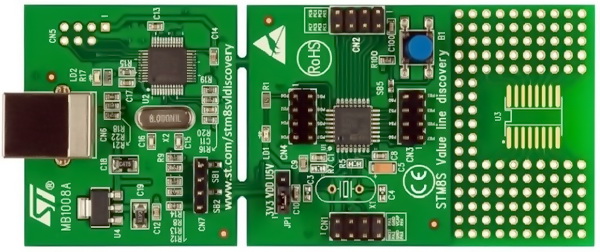Getting Started with Nuvoton 8-bit Microcontrollers – Coding Part 1

This post is a continuation of the first post on Nuvoton N76E003 microcontroller here.
Read more|
|

This post is a continuation of the first post on Nuvoton N76E003 microcontroller here.
Read more
Texas Instruments (TI) is a well-known US-based semiconductor manufacturer. TI is perhaps best known to many as the manufacturer of some of the fanciest scientific calculators in the market. Of the long list of electronic devices produced by TI, microcontrollers are on the top. TI manufactures some of the coolest and advanced microcontrollers of the market today. There are several categories of micros from TI. These include general purpose low power MCUs which mainly comprise of MSP430s, ARMs like TM4Cs, MSP432s, etc, micros for wireless communications like CC2xxx series, ARM + DSP micros, DSP-specialized micros like the TMS32xxx series and
Read more
STM8 microcontrollers are 8-bit general purpose microcontrollers from STMicroelectronics (STM). STM is famous mainly for its line of 32-bit ARM Cortex microcontrollers – the STM32s. STM8 microcontrollers are rarely discussed in that context. However, STM8 MCUs are robust and most importantly they come packed with lots of hardware features. Except for the ARM core, 32-bit architecture, performance and some minor differences, STM8s have many peripheral similarities with STM32s. In my opinion, STM8s are equally or sometimes more matched than the popular PICs and AVRs in all areas. Unlike PICs and AVRs however, I have seen STM8s mostly in various SMD
Read more
In tutorial 3, we discussed how to use an SSD1306-driven I2C OLED screen with EasyESP-1 for displaying basic text and graphics. We used a 0.96″ (along the diagonal) 128×64 monochrome pixels OLED display for illustration. Despite its small size, the readability was pretty good due to its high contrast, which makes it a very good, compact size display for general applications. The excitement of having a display screen in an ESP8266 project can be further enhanced by upgrading the choice of display to colorful TFT LCD. One such screen that is readily available in the market at affordable price is ILI9341
Read more
Seven segment LED displays are brighter, more attractive, and provide a far viewing distance as well as a wider viewing angle compared to LCD displays. This project describes a serial seven segment LED display shield for Arduino Uno or compatible boards. The shield consists of eight 0.56″ seven segment displays that are driven by one MAX7219 chip. The shield also features a light dependent resistor (LDR) to implement adaptive brightness control to the LED displays. The LDR output can be fed to A0 or A1 analog input channel of Arduino to read the surrounding illumination level. Arduino can then use that
Read more|
|